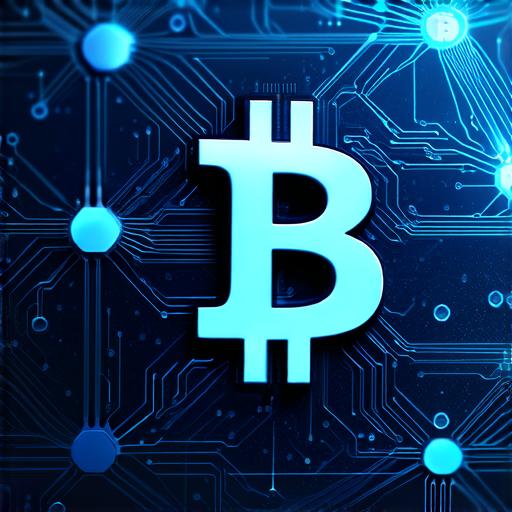Blockchain technology has been gaining traction in recent years due to its potential to revolutionize various industries. This decentralized digital ledger system allows secure and transparent transactions without the need for intermediaries, making it an attractive option for businesses of all sizes.
Understanding Blockchain

At its core, a blockchain is a distributed database that stores information across a network of computers. Each block in the chain contains a unique set of data and a reference to the previous block, creating an unalterable record of transactions. This system ensures transparency, security, and immutability, as any changes to the data would require consensus from the majority of the network participants.
Blockchain vs. Traditional Database
Traditional databases rely on a central authority to manage and maintain the data. This centralization can lead to single points of failure, security breaches, and manipulation of data. In contrast, blockchain technology allows for decentralized management of data, eliminating the need for intermediaries and increasing transparency and security.
Key Components of Blockchain Technology
1. Cryptography
Cryptography is used to secure the network by encrypting transactions and verifying the identity of participants. Each participant has a unique cryptographic key that allows them to access and modify the data on the blockchain.
2. Consensus Mechanisms
Consensus mechanisms are algorithms that ensure all participants agree on the state of the blockchain. The most commonly used consensus mechanism is Proof-of-Work (PoW), which requires miners to solve complex mathematical problems to validate transactions and add new blocks to the chain.
3. Nodes
Nodes are computer systems that participate in the blockchain network by storing a copy of the database and validating transactions. Each node has its own copy of the blockchain, which helps prevent single points of failure and ensures the integrity of the data.
4. Smart Contracts
Smart contracts are self-executing contracts with the terms of the agreement between buyer and seller being directly written into lines of code. They automatically execute when predetermined conditions are met, eliminating the need for intermediaries and increasing transparency and security.
Blockchain Applications
1. Cryptocurrencies
The most well-known application of blockchain technology is cryptocurrencies like Bitcoin, Ethereum, and Litecoin. These digital currencies allow for secure and decentralized transactions without the need for intermediaries, making them attractive options for online purchases and investments.
2. Supply Chain Management
Blockchain technology has the potential to revolutionize supply chain management by increasing transparency and traceability of products from production to delivery. By storing information on a decentralized blockchain, all participants in the supply chain can access real-time data, reducing errors and improving efficiency.
3. Identity Verification
Blockchain technology can be used for secure and decentralized identity verification, eliminating the need for intermediaries like government agencies or social media platforms. This can lead to increased privacy and security for individuals, as well as reduced fraud and identity theft.
4. Voting Systems
Blockchain technology can be used to create secure and transparent voting systems that eliminate the need for intermediaries and ensure the integrity of the election process. By storing data on a decentralized blockchain, all participants can access real-time information, reducing errors and increasing transparency.
Case Studies and Personal Experiences
1. Walmart’s Blockchain Initiative
Walmart has implemented a blockchain-based system to track the origin and movement of food products, allowing for increased traceability and transparency in the supply chain. This initiative has helped reduce food waste and improve product safety, as well as increase consumer trust in the company’s products.
